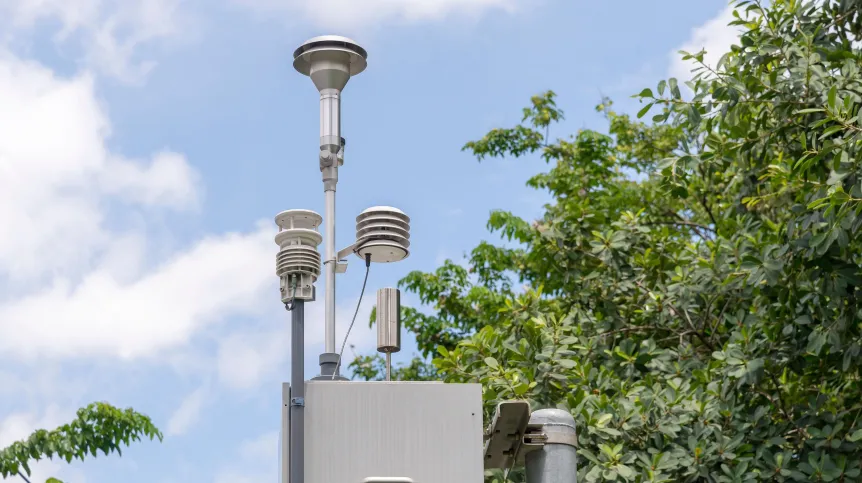
Air quality in Poland in 2023 improved compared to previous years, according to information from the Chief Inspectorate for Environmental Protection (GIOŚ).
Annual exceedances of pollution with sulphur dioxide, carbon monoxide, benzene or suspended particulate matter PM2.5 were not recorded in any of the analysed 46 zones.
The GIOŚ report said: 'Summarising the assessment results, it should be emphasized that air quality has significantly improved compared to 2022 and previous years’.
According to the report, in the 2023 assessment, in the case of sulphur dioxide, carbon monoxide, benzene, PM2.5 particulate matter and lead, cadmium and nickel contained in PM10 particulate matter, all zones were classified as class A. This means that there were no exceedances of the normative concentration values applicable in Poland for a given pollutant in a given year.
GIOŚ adds that last year was the first year in which the permissible level for PM2.5 particulate matter (phase II) was not exceeded. Phase II has been in force since 2020; at that time, the standard for PM2.5 particulate matter was set at 20 micrograms per cubic meter. Previously, during Phase I, the pollution standard was 25 micrograms per cubic meter.
Forty-two zones in Poland are included in Class A in relation to nitrogen dioxide, 44 zones in relation to arsenic. In the case of PM10 particulate matter pollution, 44 zones were classified as class A, which - as the authors of the report say - is the best result in the history of assessments for this pollutant. In previous years, these were: 32 zones in 2022; 21 zones in 2021; 29 zones in 2020 (classified as zone A).
GIOŚ adds that in the case of benzo(a)pyrene in PM10 particulate matter, class A was achieved in 25 out of 46 zones, 'which, similarly to PM10 particulate matter, is the best result in the history of assessments'. In 2022, 14 zones were classified as class A; in 2021 - 7 zones; in 2020 - 6 zones, in 2019 - 10 zones, in 2018 - 2 zones, in 2017 and 2016 - 3 zones, in 2015 - 2 zones.
Annual air quality assessments are required in Poland under the Environmental Protection Law. (PAP)
mick/ pad/ kap/
tr. RL













